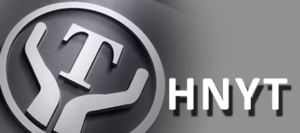How to Deal with Wheel Slippage in Xiangtan Electric Locomotives?
How to Deal with Wheel Slippage in Xiangtan Electric Locomotives?
Wheel slippage in Xiangtan electric locomotives refers to a situation in which the locomotive’s wheels fail to gain sufficient traction due to inadequate friction on the track or rail. This results in the wheels rotating without generating the necessary propulsive force. Resolving wheel slippage involves various methods that address this issue effectively. Here, we will discuss these methods in detail.
1. Reduce the Load:
Issue: High loads on the locomotive can increase the likelihood of wheel slippage as more traction force is required during operation.
Solution: To mitigate this, reducing the vehicle’s load decreases the traction demand during locomotive operation, decreasing the probability of slippage.
2. Adjust Speed:
Issue: In certain conditions, traveling at high speeds can trigger wheel slippage, especially when there is limited traction.
Solution: It is essential to adapt the locomotive’s speed to the specific conditions. Slower speeds are advisable when dealing with factors such as wet rails or downhill slopes, which can help prevent slippage.
3. Enhance Wheel-Track Friction:
Issue: Low friction between the wheels and the track can lead to wheel slippage, especially in wet or slippery conditions.
Solution: Measures can be taken to improve friction between the wheels and the track. One such measure is the use of sanding systems to increase traction in slippery conditions.
In conclusion, addressing wheel slippage in Xiangtan electric locomotives requires a holistic approach that considers multiple factors such as wheel condition, load, speed, and track conditions. By implementing appropriate measures, locomotives can improve wheel traction and ensure safe and stable operation.








